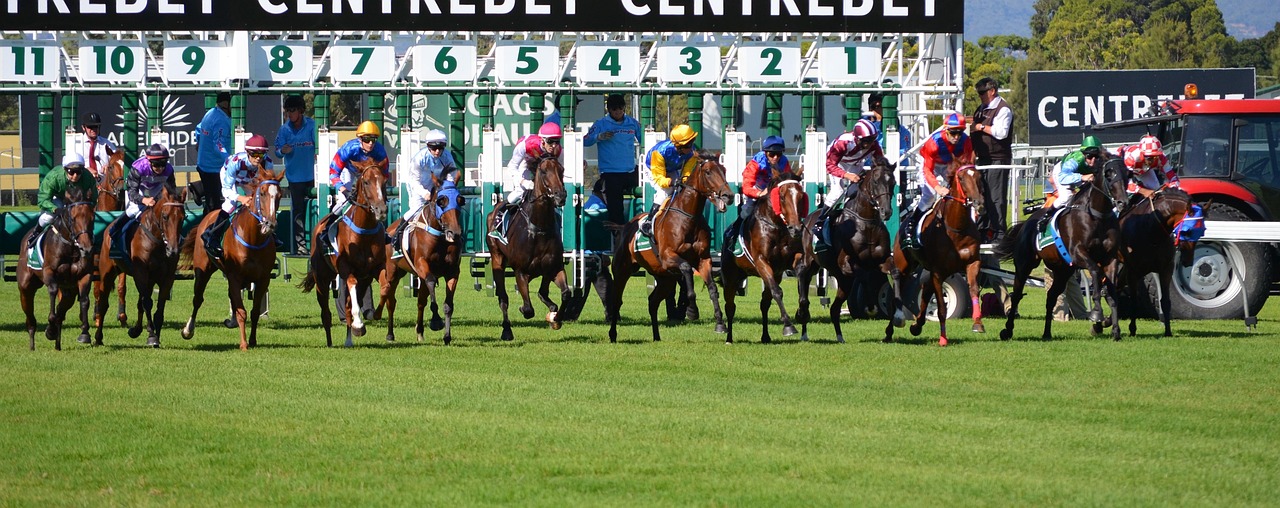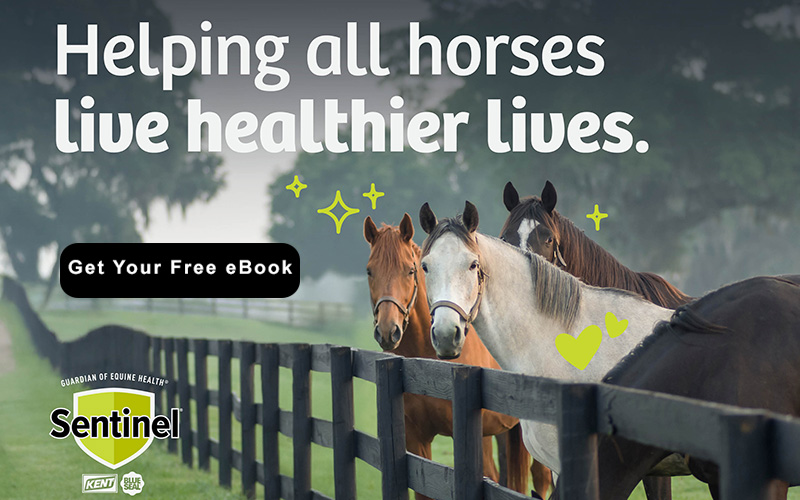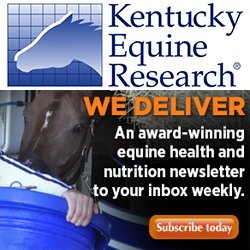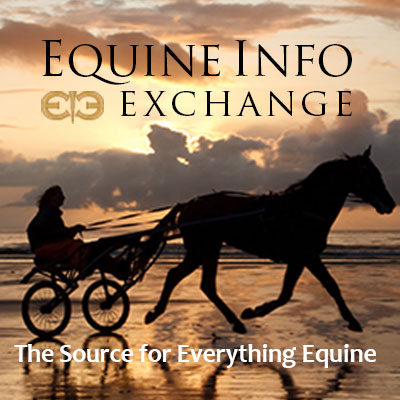Health & Education
We all want the best care possible for our horses. The Heath & Education section covers both Learning Institutions, Organizations as well as many sources for equine assistance including Veterinarians and Farriers.
For those who want a to formally study horses, the Education section includes College Riding, Equine Studies, and Veterinary Schools. Learn about the wide variety of horses in the Horse Breeds section. Supplements and Treatments Therapy are also included in the section.
Everyone can learn from Fine Art and there are some specialty Museums that might surprise you.
Horses as a therapy partner enrich the lives of the disabled. These facilities are listed in our Therapeutic Riding section. To help children and young adults build confidence and grow emotionally, please see the resources available on the Youth Outreach page.
Looking for a place to keep your horse? You can find it in the Horse Boarding section. Traveling? Find a Shipping company or Horse Sitting service if your horse is staying home!
Want to stay up to date with the latest training clinics or professional conferences? Take a look at our Calendar of Events for Health & Education for the dates and locations of upcoming events.
Do we need to add more? Please use the useful feedback link and let us know!
We had a wonderful time at this year's Equine Affaire in West Springfield, MA.
WSI Sportwear - Made in the USA Since 1990
We are a dedicated team of hard working and creative individuals who aim to provide high quality clothing Made in the USA. Joel Wiens founded WSI, a leader in premium sportswear design & manufacturing, in order to provide the best sportswear on the market to demanding athletes. Since 1990, WSI has achieved excellence by combining cutting-edge design, high tech materials & ultra-modern innovations which are crafted to provide the athlete with the most comfortable performing sportswear in the industry at its facility in Eagan, Minnesota.
You can find WSI in our section for Riding Apparel
Are you interested in promoting your business or sharing content on EIE? Contact us at info@equineinfoexchange.com

Joint health is one of the most important long-term considerations for any horse owner, whether the horse is a young athlete in training, a seasoned competitor, or a retired companion. Horses depend on the strength and mobility of their joints to take care of performance, comfort, and well-being. Due to the fact that each horse has different nutritional requirements based on the feeding schedule, age, and activity level, it is important to know how these factors affect nutritional support, particularly when making the decision of whether or not there should be a horse joint supplement added into a balanced feeding schedule.
Here is how these three key factors influence the needs of joint health and why some horses might require additional nutritional support, including equine collagen supplements.
Feeding Routine: How Daily Nutrition Influences Joint Health
The diet of a horse is a significant factor in the working of the joints and the mobility in the long term. What is ingested and the frequency of ingesting will affect body weight, tissue integrity, and musculoskeletal health in general.
Regular Eating Assists in Keeping a Normal Weight
One of the largest factors in the stress of a joint is weight management. Excessively heavy horses exert more pressure on their joints and especially the knees, hocks, and fetlocks. In the long run, such a load may test joint movement and comfort.
The feeding practices that assist in maintaining constant energy consumption and avoiding weight gain are:
Feeding practices that support steady energy intake and prevent weight gain include:
- The basis of the diet should be high-quality forage
- Regular feeding schedules to avoid spikes in appetite
- Regulated intake of concentrates among the easy keepers
- Horses with a tendency to gain and lose weight should be fed in a balanced way
Having a good body condition score implies that the curb exerted on the joints of the horses is more manageable and pulls down the strain that comes with daily movement.
Nutritional Balance Supports Connective Tissues
In addition to weight, nutrients in a feeding program may influence cartilage and ligaments and tendons. Amino acids, omega fatty acids, vitamins, and minerals in high concentrations can be used in diets to maintain the overall connective tissue.
For example:
- Structural building blocks are essential amino acids.
- Vitamins C and E help in normal metabolism.
- Copper and zinc are some of the minerals that help in the maintenance of tissues.
In case a feeding program does not include these factors, there is a possibility of increased nutritional stress on the structural systems of the horse.
Food intake influences Metabolism and Joint Load
The horse is made to graze all day long, and the duration of a break in feeding may affect the metabolic processes. Abnormal feeding habits can be the cause of variation in weight and energy, which indirectly influences the joint loads and levels of activity.
The intake of slow feeders, regular small meals, or full-day turnout assists in more natural eating habits, which help in the maintenance of not only digestive but also musculoskeletal balance.
When Feeding Routine Indicates Additional Support
Unproductive feeding schedules, insufficient access to forage or nutrient-deficient diets of horses may lead to the need to provide them with nutritional supplements, including equine collagen supplements. Collagen is a structural protein that helps in providing integrity to cartilage and connective tissues and thus is an appreciated ingredient in a good number of wellness programs.
Age: Why Joint Requirements Vary During the Lifespan of a Horse
The age of a horse is one of the most apparent signs of the alternating joint support requirements. Whether it is growing foals or aging seniors, every stage is associated with its own special considerations.
Young Horses: Fast Growth and Development
The skeletal development in foals, yearlings, and young horses is quick. During this phase:
- Joints are developing and becoming stronger
- Cartilage is still maturing
- It must have a proper balance of minerals
In general, the majority of young horses can be successfully maintained on a well-balanced diet, but certain nutritional support might be necessary, particularly for young horses that are currently in the early stages of training or whose growth spurt requires an increase in structural facilities.
Adult Performance Horses: More Joint Requirements
Adult performance horses undergo regular loading of the joints as they either trail ride or compete. With time, this activity will have an impact on natural wear and connective tissue turnover.
Typical situations that can lead to thinking about a horse joint supplement are:
- Exercise with high impact like jumping, reining, or eventing
- Intense competition schedules
- Uneven ground or rough ground
- More frequent repetitions of athletic movements
Even though supplements do not provide a certain result, they may contain nutritional elements that are mostly linked to supporting the joint and connective tissue.
Senior Horses: Mobility and Natural Aging
Through aging of horses, the thickness of the cartilage and the composition of the joint fluid, as well as mobility, may change. Seniors may also experience:
- Reduced muscle mass
- Stiffness after inactivity
- Increased need for connective tissue support
Elderly horses usually respond well to routines and diets that contain structural proteins. Equine collagen supplement is occasionally added to the diet of the seniors to help in the natural processes of the body in regard to cartilage and tissue structure.
Workload: How Activity Level Shapes Joint Support Requirements
The nature and severity of the workload of a horse have a considerable impact on the load on the joints. The joint support profile of a pasture companion and a competition athlete is very different.
Light Work: Light and Intermittent Joint Load
Light work horses normally participate in:
- Easy trail rides
- Light arena exercise
- Rarely recreational riding
Even though the joint load is moderate, regular workouts are essential to maintain mobility. Footing, weather conditions, or disrupted schedules may also cause occasional stiffness in even light-work horses. Normal conditioning and a balanced diet tend to be sufficient, but a horse joint supplement can be offered by some owners at the beginning or end of a season or when activity levels are on the rise.
Moderate Work: Regular Training and Varied Movement
The moderate activity of horses includes:
- Dressage
- Low-level jumping
- Ranch work
- Training horses in regular training
These horses have a wider scope of movement in their everyday activities, and they might have increased stress on their hocks and stifles as well as their fetlocks. The consistency of workload, terrain, and rider balance are all factors in the extent to which joint support can be taken into consideration.
Heavy Work: Intense and Repeated Stress
There are significant levels of impact on the joints of horses in vigorous training or at elite levels. Sports activities with a high speed, jumping, sharp turns, or repetitive patterns demand a higher load on the musculoskeletal system.
Examples include:
- Eventing
- Racing
- Reining
- Barrel racing
- High-level show jumping
In the case of such horses, nutritional assistance can be a part of a general management process.
Environmental Factors that Increase Workload Stress
Joint workload can be affected by footing quality, weather, and terrain and rider weight. Even the best-conditioned horse will experience the after-effects of:
- Hard or uneven ground
- Deep sand footing
- Slippery surfaces
These environmental factors are common considerations among the owners of the equine before determining whether they should incorporate a nutritional supplement like an equine collagen supplement in the feeding regime.
When Feeding Routine, Age, and Workload Overlap
The majority of horses cannot easily fit into one category; they can be senior horses in work, young horses in training with varying regular feeding schedules, or adult horses whose schedules of activities are changing.
The combination of:
- Age-related considerations
- Nutritional quality
- Activity intensity
For instance:
An elderly horse in moderate exercise might need more nutritional care compared to the idle young horse.
Even a well fed horse that works heavily can be subjected to stressors in the environment. Male athletes who have irregular feeding patterns can use supplementary structural protein sources.
Through assessment of the entire picture, owners are able to make better judgments on whether to add a horse joint supplement or not and the kind of supplement that can suit the needs of a horse.
Creating a Joint Support Strategy That Matches Your Horse
A thoughtful joint health routine combines nutrition, conditioning, management, and observation.
Key Components Include
- Regular feeding on good quality forage
- Adequate concentrations depending on workload
- Independent vitamins, minerals, and amino acids
- Regular exercising in accordance with conditioning level
- Footing and environmental concerns
- Monitoring weight and body condition
These core management strategies are usually complemented with the use of supplements such as an equine collagen supplement.
Final thoughts
The routine of feeding, age and workload are all important in deciding the joint support needs of the horse. With the knowledge of the influence of each factor on the musculoskeletal system, the owners will be able to develop a comprehensive, considerate strategy towards mobility and comfort in the long-term. Nutritional support can also be incorporated in an overall wellness program, whether it is adjusting a feeding schedule, aging horse, or even training, which has very specific demands.
There are products like Optiwize for horses that are adopted by owners of horses who are interested in adding more nutritional value to the daily routine of their horses without making any specific assertions regarding their expected results.
There are more interesting articles in our section on Health & Education.
- Vitamin E Requirements and Testing Recommendations in Horses
- Semican Horse Feed at Equine Affaire 2025
- CBD and other Cannabinoids – How they can benefit you, your horses, and your pets
- Causes of Death in Retirement Facilities for Horses
- "Purina" at Equine Affaire 2025
- "Equi-Analytical" at Equine Affaire 2025
- "Smart Equine" at Equine Affaire 2025
- "Chewy" at Equine Affaire 2025
- "Dimples Horse Treats" at Equine Affaire 2025
- "Boehringer Ingelheim" at Equine Affaire 2025
- "HoofWand™" from Ranchers Preferred at Equine Affaire 2025
- Vaccinations Cause an Increase in Inflammation
- Using Microchips to Measure Body Temperature in Horses
- Four Directions Amino Acids Can Take - The Importance of Feeding Several Protein Sources
- Why is the American Quarter Horse the Most Popular Breed in the World?
- Get Your Goat! A Horse Companion Option
- Western Saddle Fitting 101: Tips on Proper Fit, Selecting Saddle Pads, Cinches and More
- Biggest Barriers to Human-Led Exercise in Horses
- The Importance of Canine Oral Health - Dog Dental Powders
- Ensure Your Horse's Dental Health

































